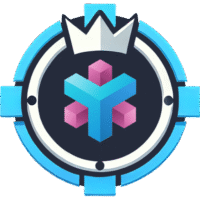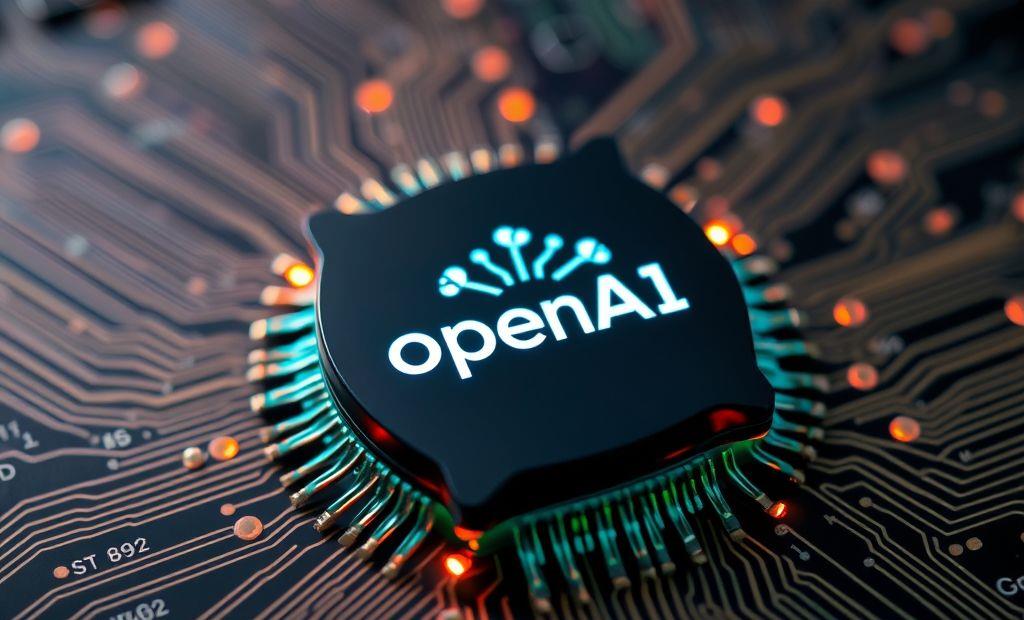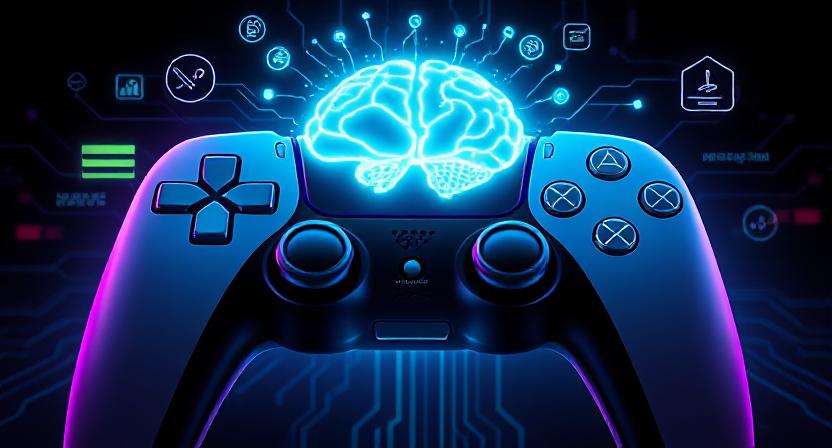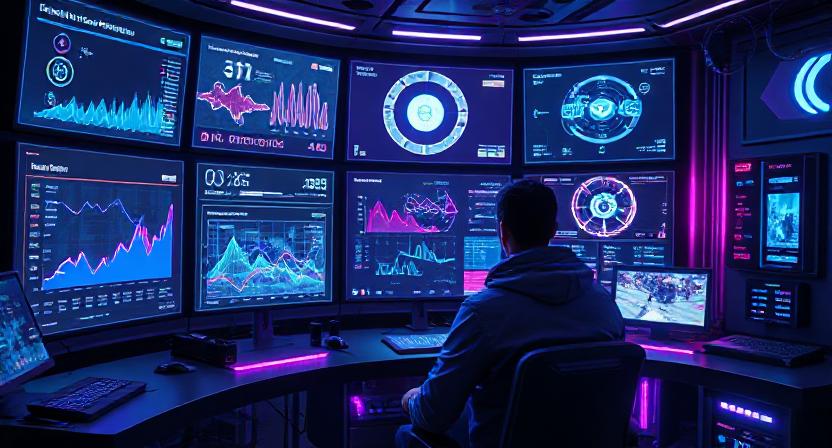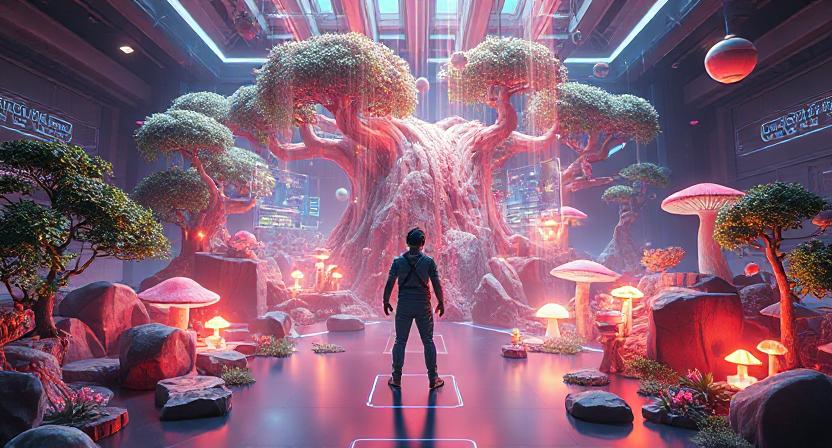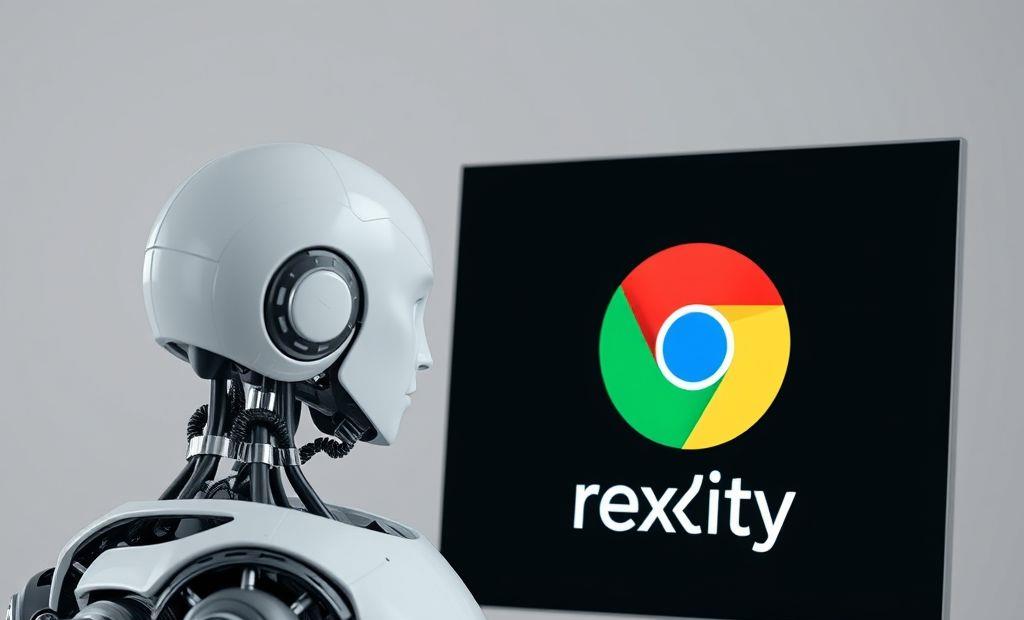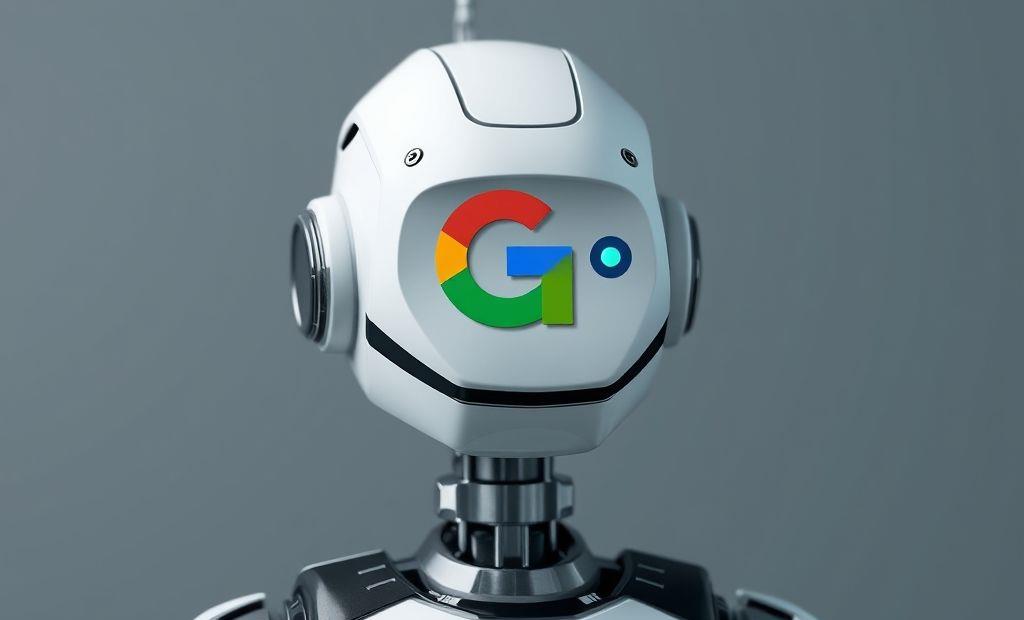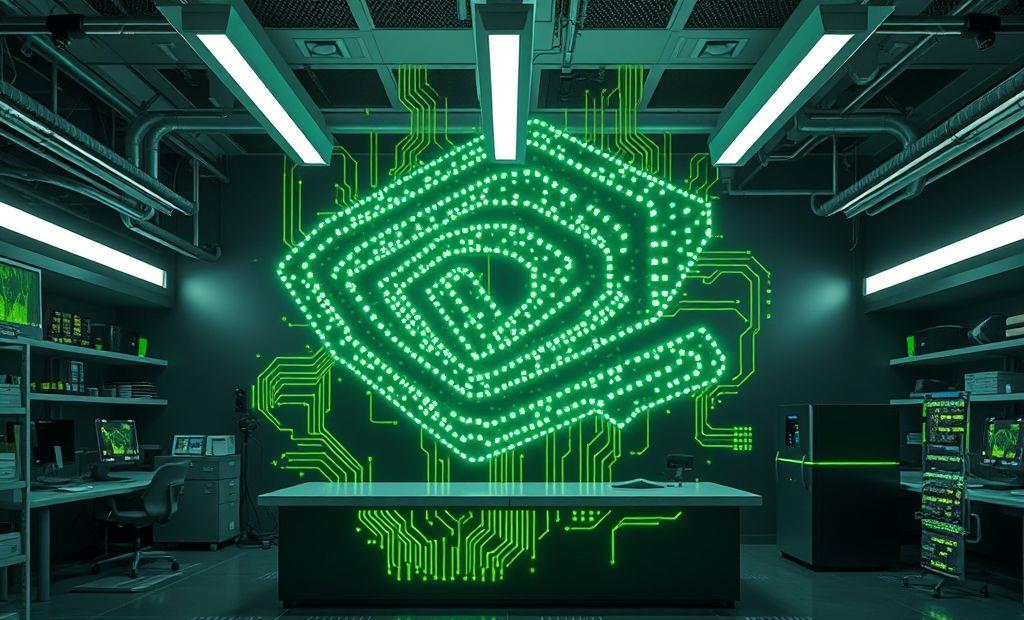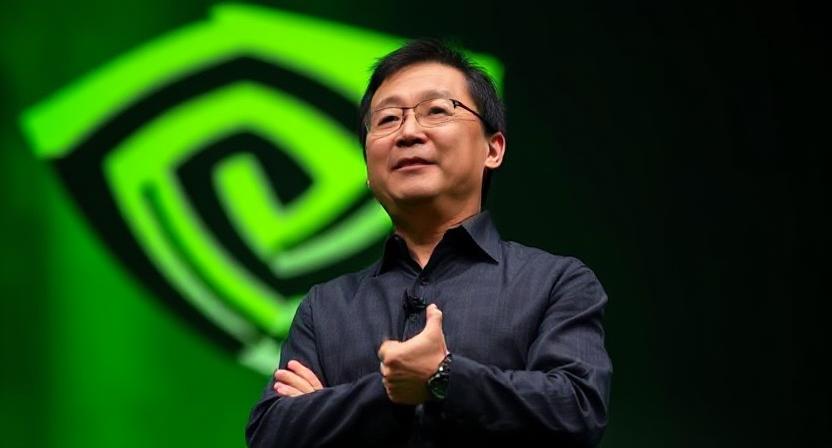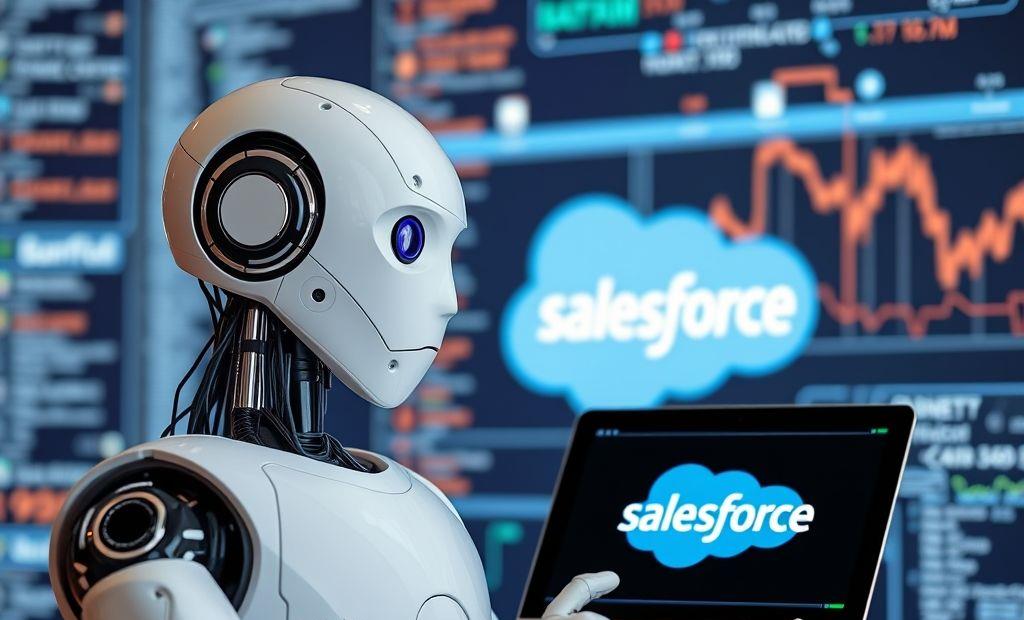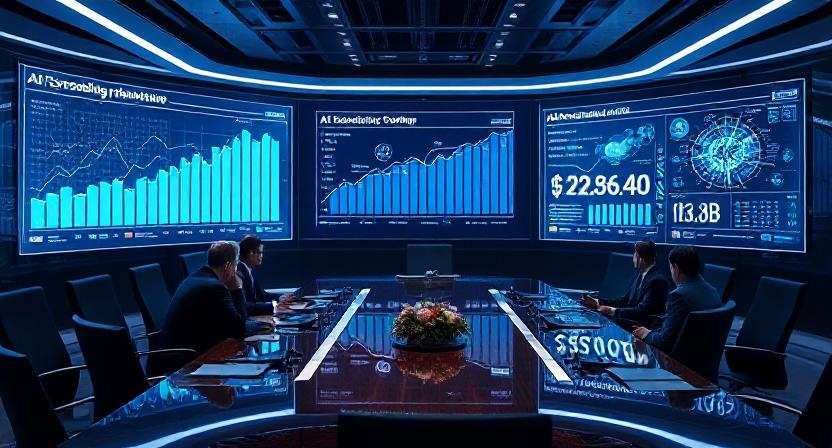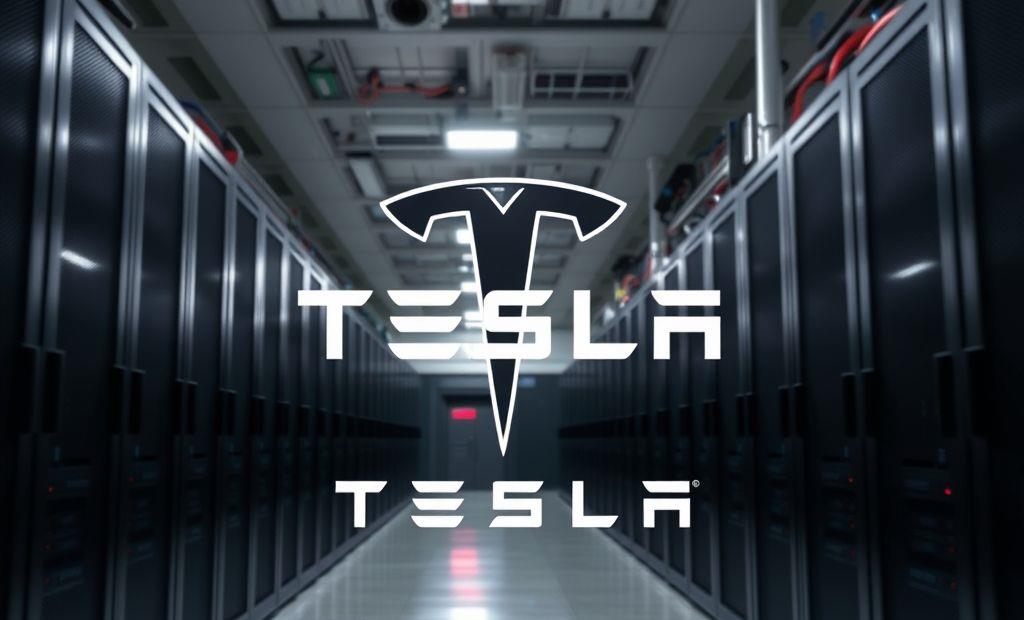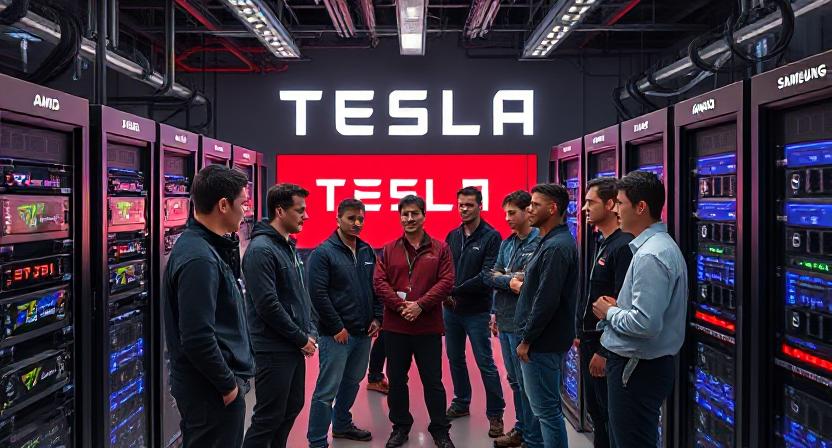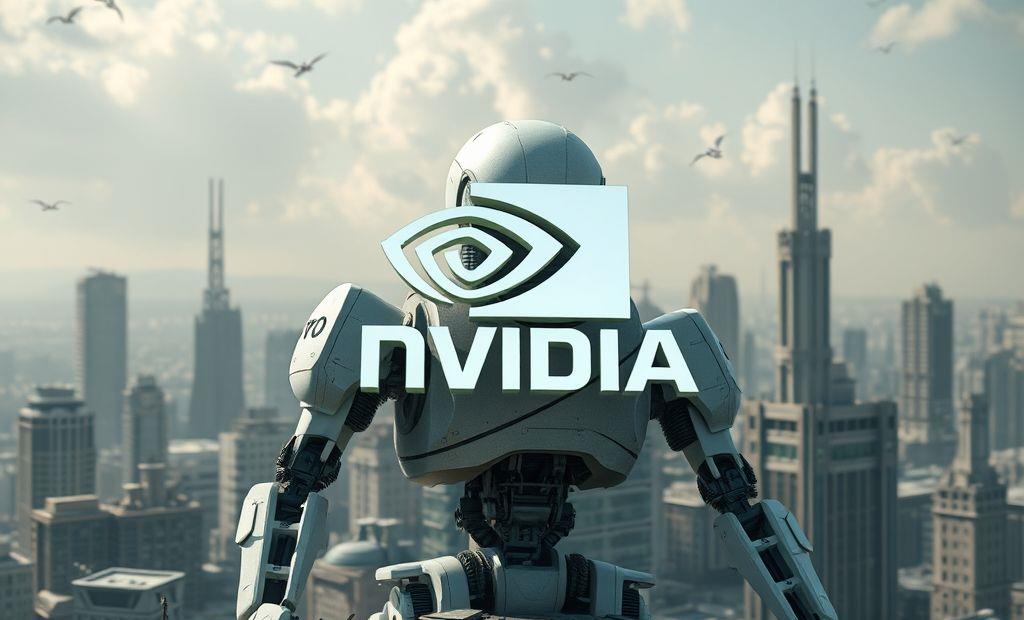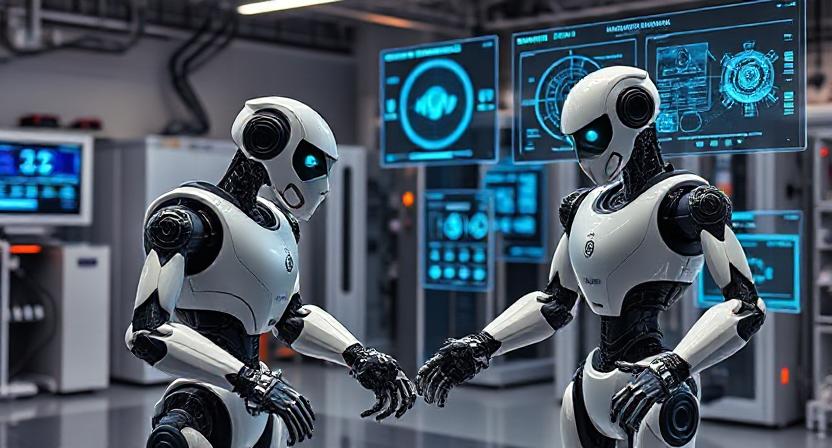Indie Developers Harness Generative AI to Build Immersive VR Worlds
In recent years indie game developers have emerged as some of the most daring innovators in the gaming industry. Free from the corporate constraints of AAA studios, these creators often rely on ingenuity speed and adaptability to bring unique visions to life. One technological leap is now giving them an unprecedented creative edge generative AI for VR asset creation.
By combining AI’s ability to produce realistic detailed 3D models with the immersive potential of virtual reality VR indie devs are crafting worlds that were previously impossible to build on small budgets. This trend is not just reshaping game development workflows it’s redefining creativity in interactive media.
The Challenge Asset Creation Bottlenecks in Indie VR Development
. High Frame Rate & Refresh Rate
- VR relies on very high consistent frame rates typically 90 FPS or more to deliver smooth immersive visuals and avoid motion sickness
- Research shows that 120 FPS is a critical threshold beyond this, users report significantly fewer symptoms of simulator sickness
- A study with varied frame rates (60, 90, 120, 180 FPS) confirmed that 120 FPS notably reduces nausea with diminishing returns beyond that
Low Latency & Motion Tracking
- VR requires extremely low latency typically under 20 ms to ensure rapid synchronization between user movements and what they see
- Accurate head tracking is essential. Even slight delays or mismatches in tracking can break immersion and cause discomfort
Sensory Conflict & VR Sickness
- Motion sickness in VR arises from a mismatch between what your eyes see and what your inner ear feels
- Low frame rates, input lag, or poor tracking can exacerbate this mismatch leading to disorientation nausea or fatigue
- Another issue is the vergence accommodation conflict VAC eye strain caused when depth cues don’t align properly leading to headaches and visual fatigue
360° Environments & Immersive Fidelity
- Unlike 2D games VR must render full 360-degree environments, meaning every direction is visible and must be high quality.
- Techniques like Level of Detail LOD occlusion culling foveated rendering and dynamic resolution scaling help balance visual fidelity and performance itcorpinc.com.
- Maintaining sharp visuals without graphical artifacts is critical to prevent disruptions in immersion.
For example an indie developer could type:
A moss-covered medieval tavern interior warm lighting wooden beams VR-ready
Within minutes the AI generates a textured 3D scene that can be fine-tuned and imported into Unity or Unreal Engine.
- Prompt writing to describe the desired object or environment.
- AI generation producing initial models and textures.
- Developer refinement to tweak geometry and lighting.
- Testing in VR to ensure realism and performance.
Creative Outcomes That Were Once Out of Reach
Generative AI is enabling indie VR developers to achieve results that previously required big studio budgets:
Personalized Player Experiences
Some indie devs are experimenting with on-the-fly AI asset generation so each player’s VR world is unique. As a result no two players have the exact same objects landscapes or NPC appearances.
Rapid Prototyping for Iterative Design
Testing VR gameplay ideas often requires placeholder environments. AI lets teams build functional test worlds in hours enabling faster iteration on mechanics and user experience.
Reviving Niche Artistic Styles
By training AI on specific art styles such as watercolor steampunk or retro-pixel aesthetics indie devs can bring highly specific visual identities to VR worlds. Consequently they can achieve this without manually crafting every detail.

Case Studies: Indie AI-VR Synergy in Action
A solo indie creator used generative AI to build a sprawling interactive enchanted forest for a VR exploration game. The AI produced diverse tree shapes glowing mushrooms and unique rock formations which were then polished in Blender. The result? A world that felt handcrafted built in weeks instead of months.
Case Multiplayer Sci-Fi Arena in Record Time
A small three-person team created a futuristic VR battle arena using AI-generated modular architecture pieces. They used AI not only for visuals but also for ambient soundscapes drastically reducing their production cycle while still achieving AAA-quality aesthetics.
While the benefits are huge there are challenges indie devs must navigate:
For indie developers this could mean truly infinite replayability without infinite asset creation costs.Moreover as AI models become more specialized for VR optimization, they will be able to produce low-latency performance-friendly assets directly removing one of the biggest hurdles in VR development.
Conclusion
Generative AI is becoming the equalizer for indie VR creators, giving them access to production capabilities once reserved for large studios. By slashing asset creation time enabling richer environments, and opening doors to entirely new gameplay experiences AI is empowering a new wave of VR innovation.
While challenges remain especially around quality control and ethical use the creative outcomes speak for themselves. Indie developers who embrace generative AI today are likely to define the next generation of immersive storytelling.If you want I can also prepare an SEO-optimized meta title meta description and keyword set for this post so it’s ready to publish and rank well. Would you like me to do that next?
